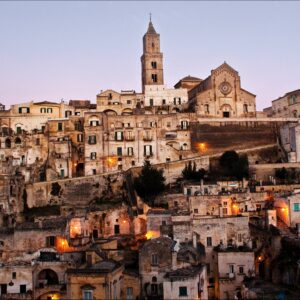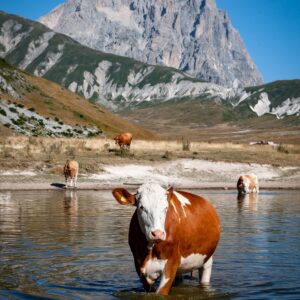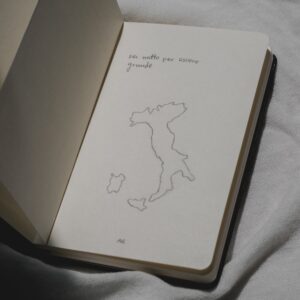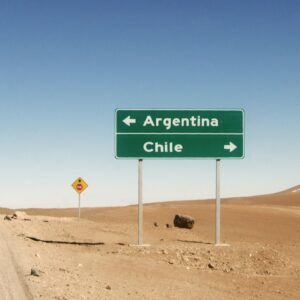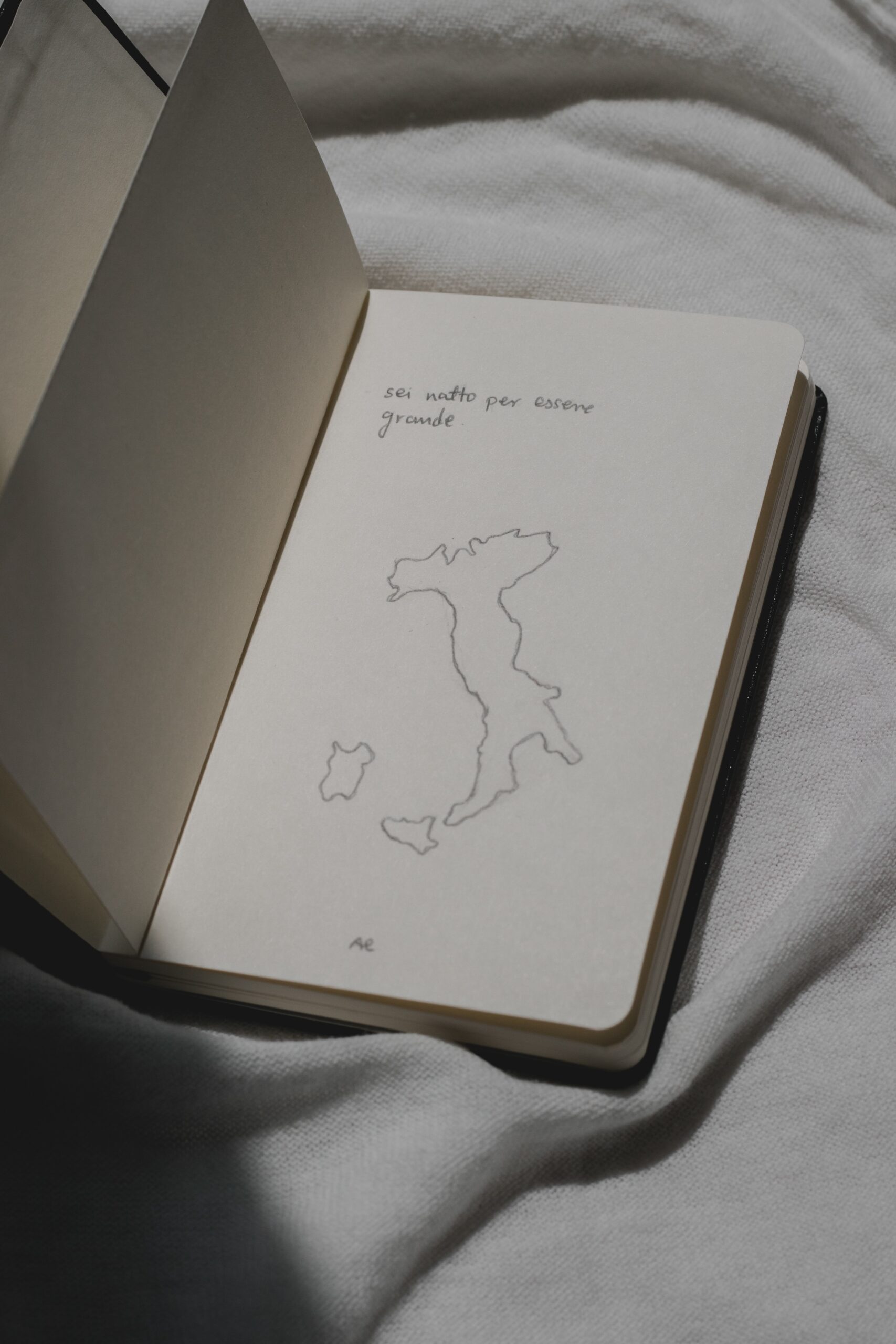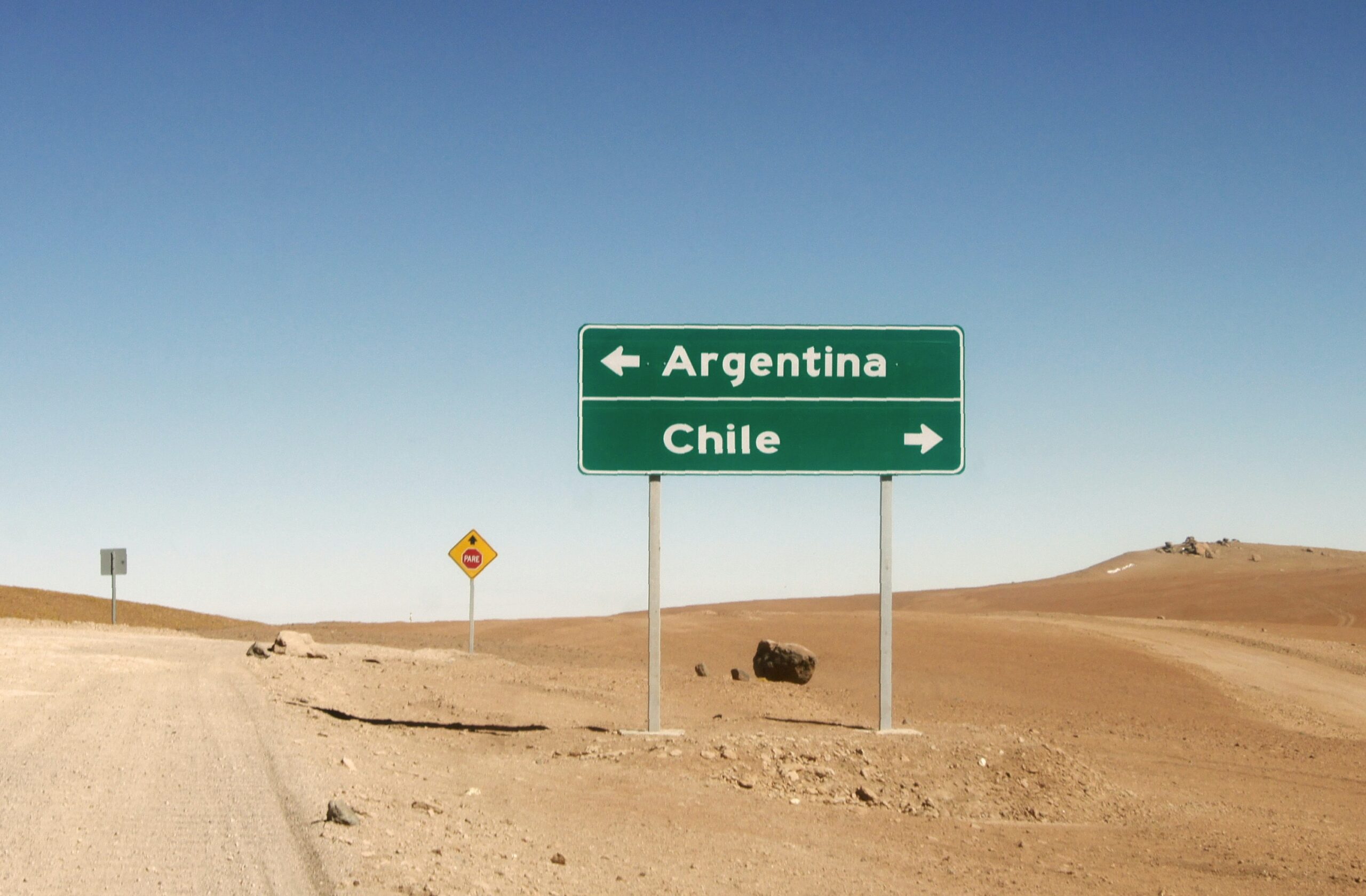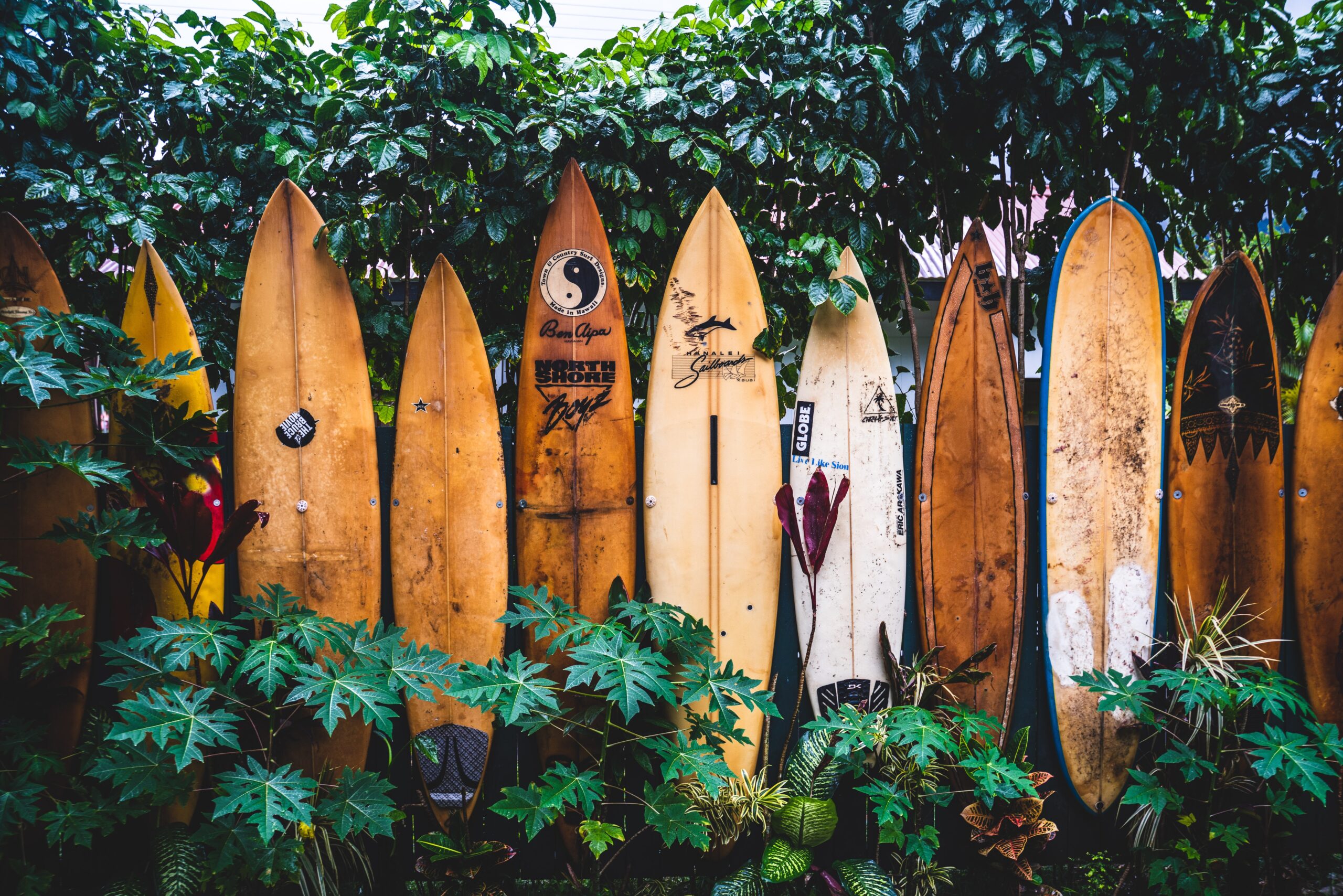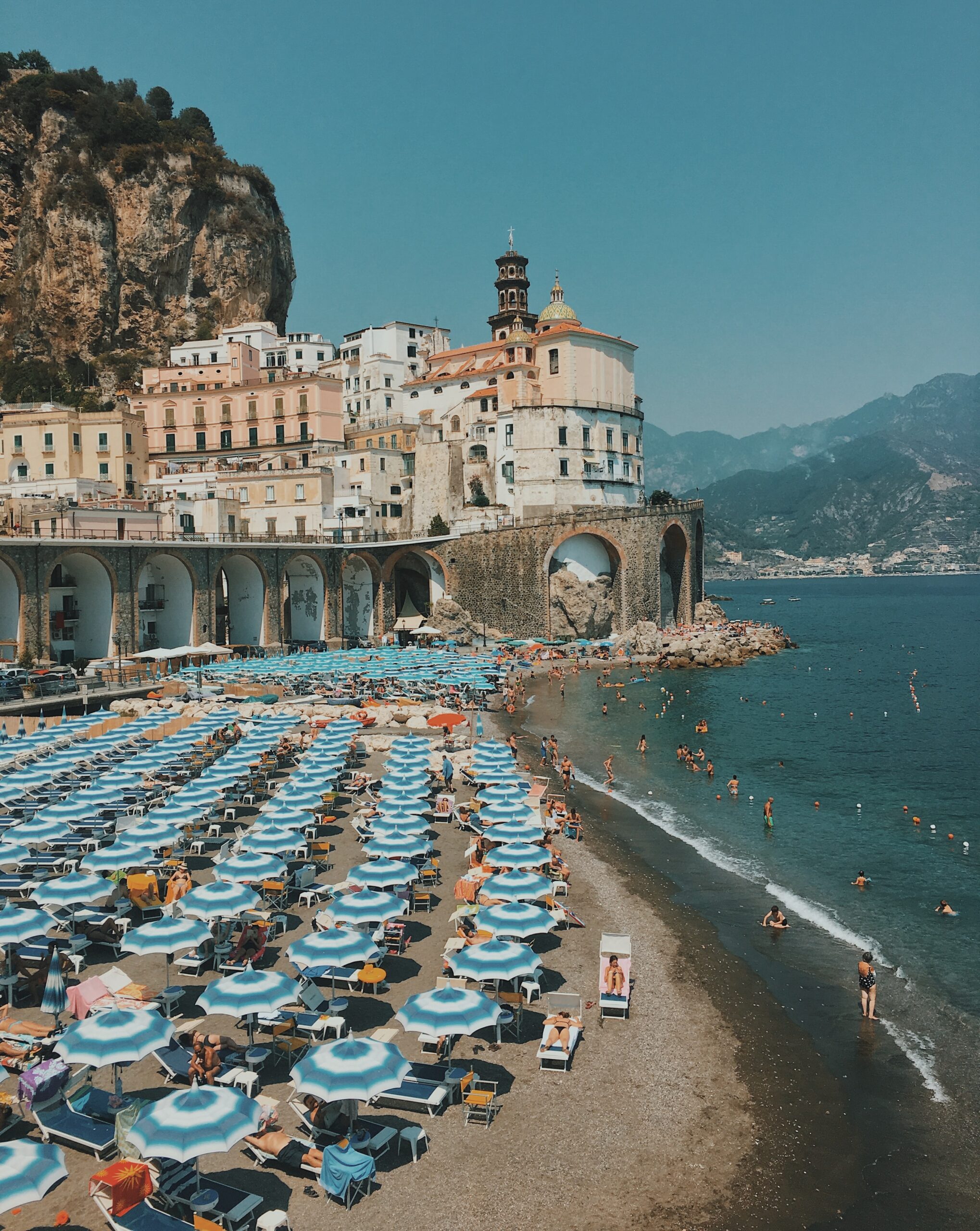
I recently spent a weekend in Lyon, where my sister is currently on exchange. Despite having lived in France on and off for over two years, I had never actually visited the city that is often described as ‘la capitale de la gastronomie’. This hadn’t been a deliberate snub on my part. I just never had the opportunity in the past — especially not in 2020, when Covid restrictions and curfews made travelling a logistical nightmare.

So when my sister invited me to stay at her apartment in the Vieux Lyon district, I jumped at the opportunity. Vieux Lyon is near the centre of the city, to the west of the Saône river, one of the two rivers that run vertically through the city, the other being Le Rhône. The part in between these rivers is known as La Presqu’île, or ‘The Almost Island’, as the rivers flanking it make it resemble an island of sorts.
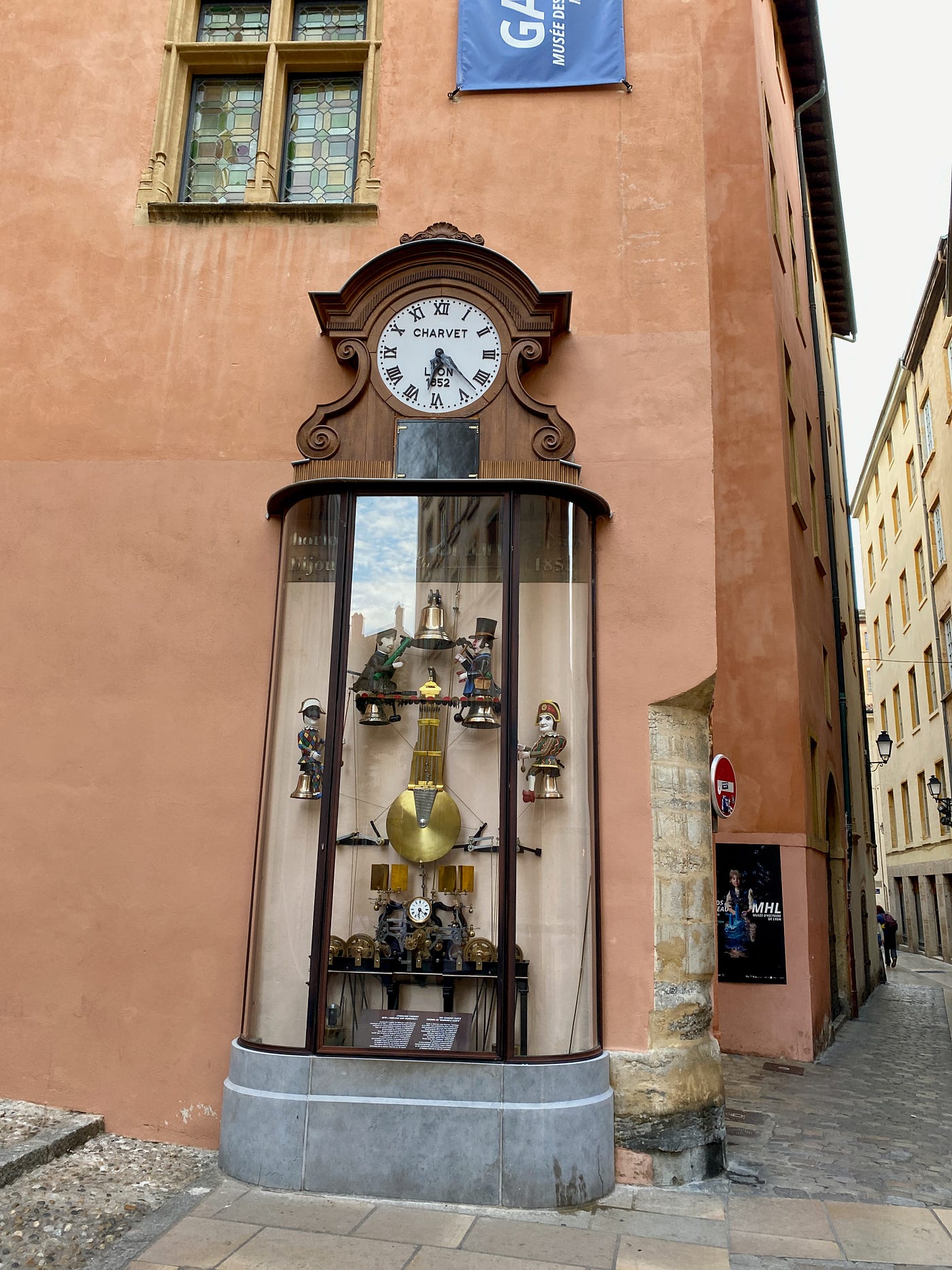
Built by Florentines associated with Catherine de Médicis, the Florentine-born Queen of France, Vieux Lyon has an unmistakeably Italian style of architecture. With its beige-coloured buildings, white statues and cobble stones, the city wouldn’t look out of place in Tuscany.
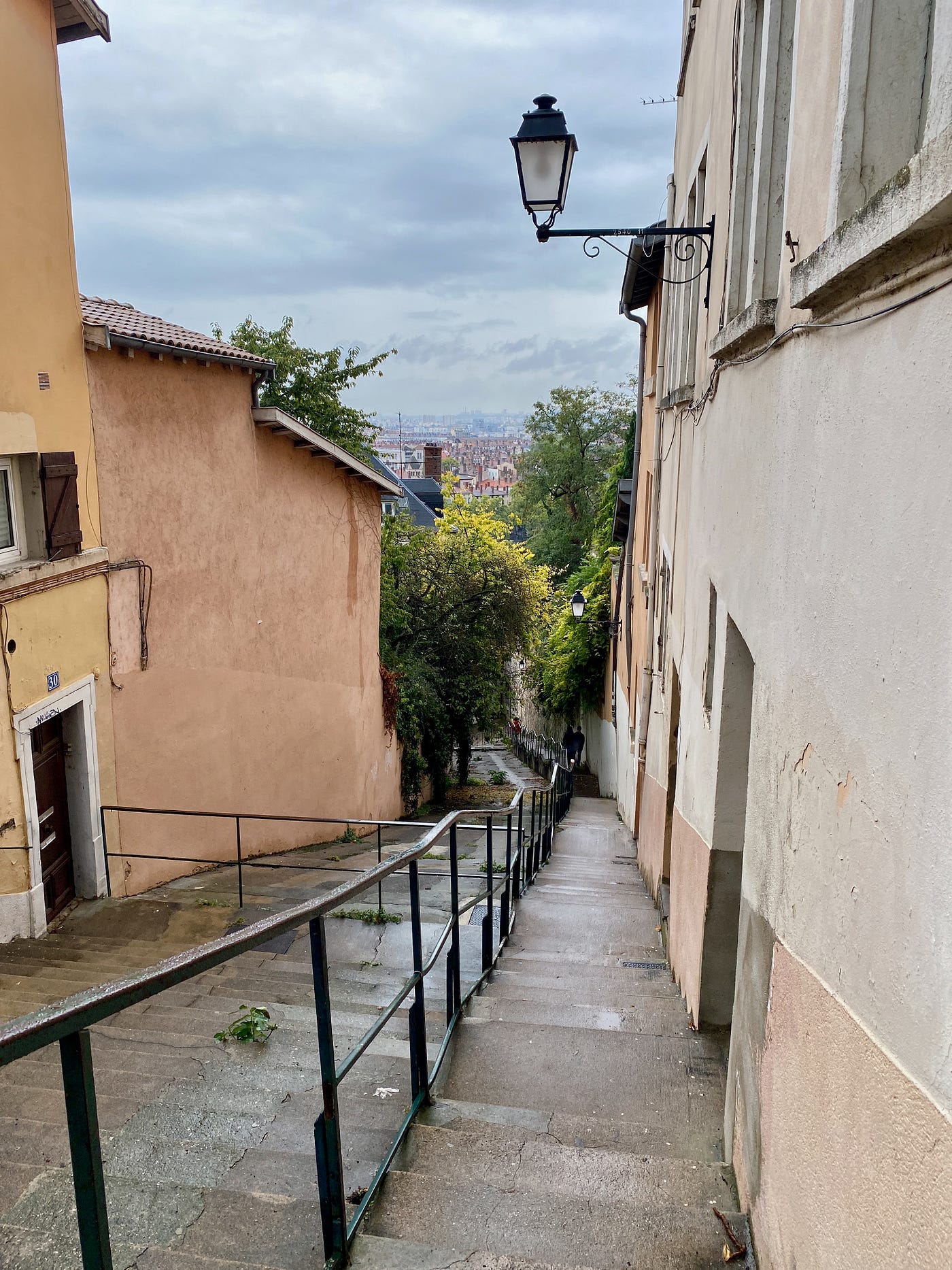
In fact, walking around the city, you could almost imagine yourself being in Italy, albeit an Italy populated principally with French people.

The Italian connection continues up the Fourvière hill on the western side of the city, where you can find the Ancient Theatre of Fourvière, a Gallo-Roman ampitheatre whose construction began in 15 BC.

Upon reaching the top of the hill, you can enjoy a wide view of the city. What stood out for me was the fact that aside three or four skyscrapers, Lyon is almost entirely composed of buildings six-storeys or fewer. I suppose the same could be said for Paris, but somehow Paris’ six-storey buildings seem to loom larger than Lyon’s.

If you continue up the hill, you eventually reach the Basilique Notre-Dame de Fourvière, a minor basilica built between 1872 and 1896.

When you enter the basilica, you’re met with intricately designed mosaics and stained glass throughout the building, which draws inspiration from Romaesque and Byzantine architecture. If I hadn’t been told that it was built at the end of the 19th century, I could easily have imagined it being built during the Middle Ages. To put things into perspective, my high school was built a good few decades before this basilica, and yet the latter appears centuries older than my school’s auditorium.
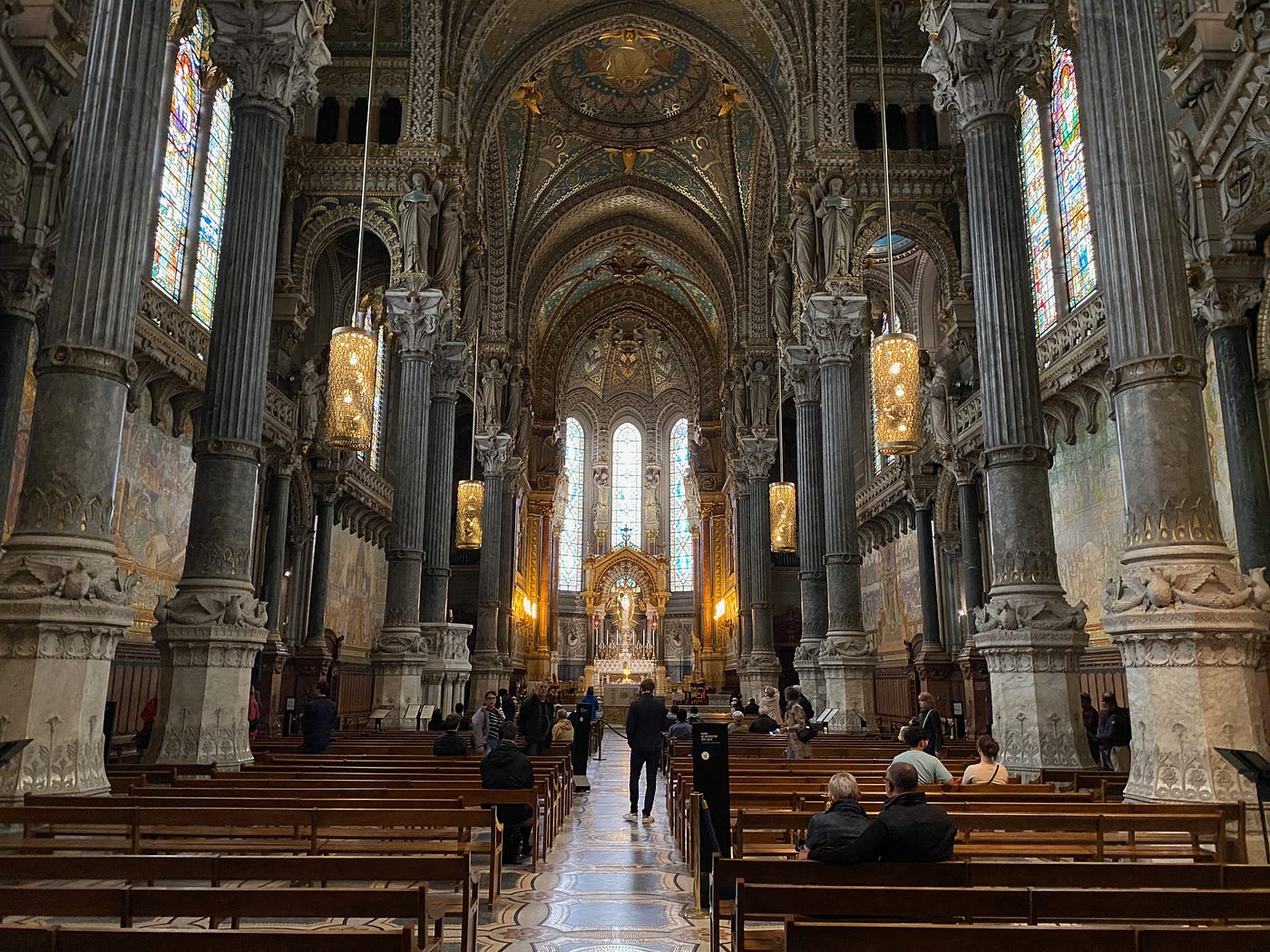
While walking towards the crypt, we bumped into the priest. He asked us what we thought of the cathedral, before proceeding to tell us that he spoke Mandarin, having worked with lots of Chinese students.

After leaving the cathedral and walking down the hill, passing a number of hillside gardens along the way, we eventually made it back into the Vieux Lyon district in search of lunch. We were keen to dine at a bouchon, a type of restaurant known for serving traditional Lyonnaise cuisine, and so we wandered around and tried to identify one that might be good. Of course, when you’re not from the city, that’s easier said than done. And so you end up resorting to the old tactic of looking for places that are busy but not too busy — busy enough to attract a crowd, which would suggest a certain degree of quality, but not so busy that you just know you’d have to wait a while. As luck would have it, the bouchon we dined at took over an hour for the dishes to arrive, but they gave us free drinks to make up for it. I had an andouillette de porc, a type of pork sausage in a mustard dressing that was accompanied by fries and a salad. The accompaniments were nothing special, but the sausage itself was delicious.

Following lunch we walked around the Presqu’île part of the city, where we had ridden bikes the previous night. The banks of the rivers were somewhat similar to the Seine in Paris, but the atmosphere was calmer.

I certainly got the sense that in some ways, Lyon has a better pace of life than Paris. While the capital is notorious for its « métro, boulot, dodo » (metro, work, sleep) way of life, Lyon had a quieter, more human-oriented pace. You could make the case that it’s a better place to live, but I suppose that big cities like Paris have their own advantages.

In one of the squares, we saw a group of Iranians holding a protest. This would have been due to the protests taking place in Iran at the moment over the country’s restrictive dress code and in support of the women whom police had killed for violating it.
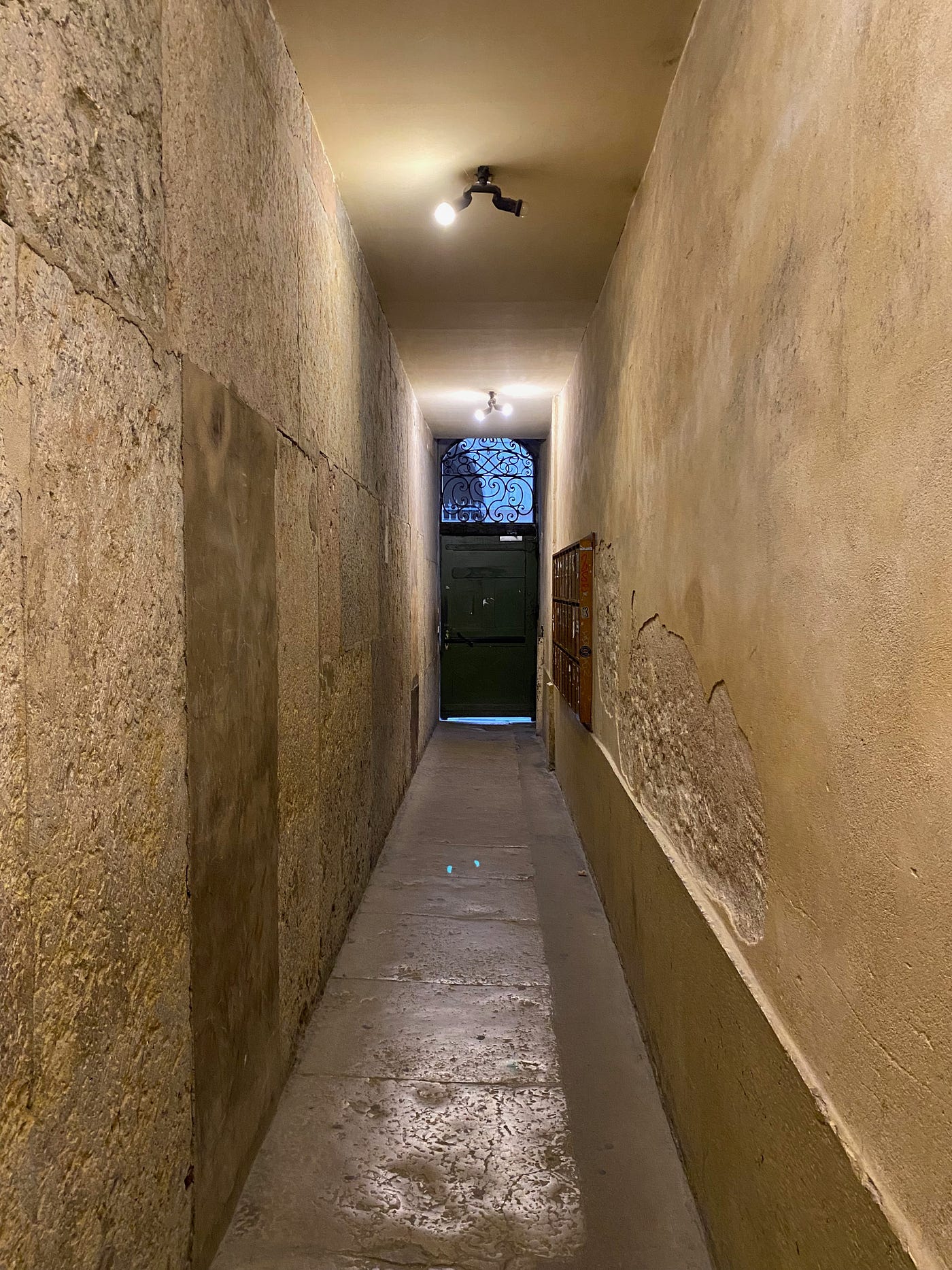
In the afternoon, we explored a few traboules, or passages passing through buildings that connect two disparate streets. They were originally used by silk merchants to carry their goods through the city as efficiently as possible, as going through traboules saved a lot of time and energy.

A few centuries ago, the King of France had decreed that France’s silk trade be centred around Lyon — a decision which made the use of traboules all the more vital.

During the Second World War, after the Nazis had invaded and occupied France, members of the resistance used traboules to escape the clutches of the occupying German soldiers, who didn’t know their way around them. For that reason, traboules were credited with preventing the Nazis from taking complete control of these areas.

Nowadays, many traboules are still open to the public as passageways to get from one street to another. Most tourists like to visit them just for the pure novelty, but identifying them can be quite confusing. Some traboules are closed off, while other passageways that may appear to be traboules might just be the entrance ways to private properties. We accidentally entered a passageway that turned out not to be a traboule. You can imagine that residents must grow weary of clueless tourists such as ourselves, who didn’t know any better.

When we did enter a real traboule, we often found that they connected to the kitchens of street-facing restaurants. You could often find rubbish bins and kitchen appliances out the back.

At other times you could find letterboxes of residents.

The most famous traboule is quite possibly the Cour des Voraces in the eastern part of the city, which has brutalist-style set of stairs that wouldn’t look out of place in a horror movie. Going down the stairs and into an underground passage felt like entering some kind of labyrinth in search of a Minotaur. Despite being a perfectly safe area, it was not the kind of place I would feel comfortable exploring at night.

Back in the Vieux Lyon district, or thereabouts, we entered the Cathédrale Saint-Jean-Baptiste de Lyon, a cathedral whose construction began in 1180 on the ruins of a sixth-century church, and which would only be completed in 1476.
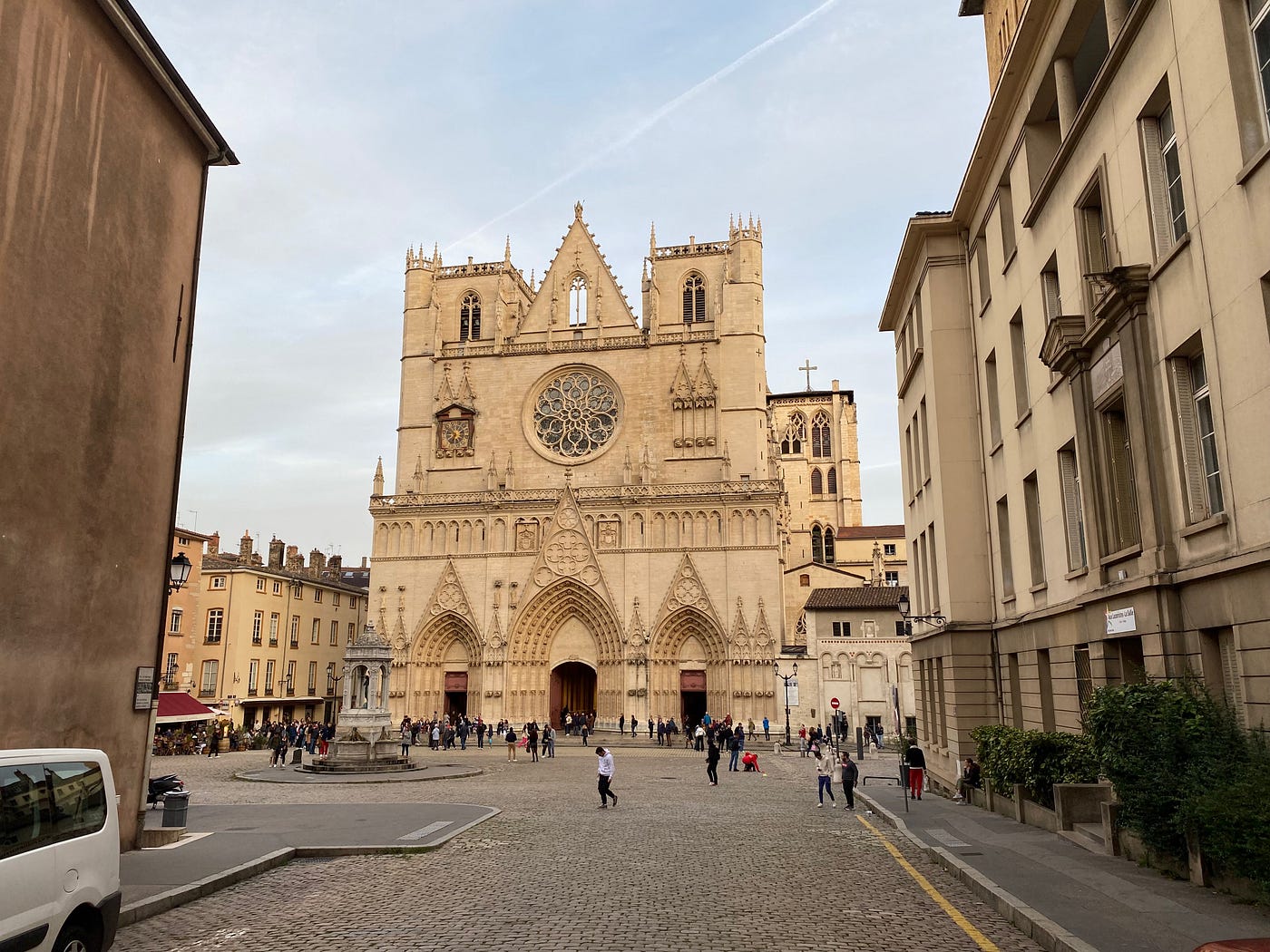
Ironically, despite being quite a few centuries older than the basilica on the hill, this cathedral appeared younger than it. Inside, the building was surprisingly threadbare with very little in the way of decor. Aside from the stained glass windows and the organ, it was somewhat minimalist in design.

Note that the the Roman numeral for ‘4’ on the clock below is written as ‘IIII’. The Roman numeral ‘IV’ was only invented in the 14th century; prior to then, the number ‘4’ was always written as ‘IIII’. You can easily identify clocks that precede the Renaissance by the way that this number is displayed.

Upon leaving the cathedral, we saw the basilica on the hill.

The Vieux Lyon area is possibly the most beautiful part of the city. As Autumn was only beginning, a lot of leaves were falling all over the ground, creating streaks of yellow upon the grey concrete below.

The next day, the gloomy sky made way to a beautiful blue sky that instantly transformed the city’s complexion.

It’s funny how the weather conditions can change your perception of a city. It’s not that I thought negatively of Lyon not at all. But under a sunny sky, a city that I was finding quite fascinating was suddenly even more beautiful.

We walked crossed a few bridges, passing joggers and cyclists along the way.

At one point we passed Les Halles de Lyon Paul Bocuse, a food hall dedicated to Paul Bocuse, a French chef and pioneer of nouvelle cuisine, a new form of French gastronomy that was healthier, less calorific and made use of high quality, fresh ingredients. Bocuse featured in an episode of Anthony Bourdain’s Parts Unknown that centred on Lyon. The food on offer in Les Halles looked delicious; my only regret was that I didn’t take any photos inside, but doing so would have been awkward.

We made our way towards the Parc de la Tête d’Or. It’s the largest urban park in France, with over 290 acres of grass, trees and water.

The park also had a number of international touches, including a Japanese-style bridge, a Chinese-style garden, an English-style garden and a working zoo that’s open to the public.

We saw a giraffe reaching down towards the backside of another giraffe as it was peeing and drinking up all its urine.

Following that incident, which will regrettably remain forever seared in my memory, we passed a few other animals and a rose garden, before making our way back to the city proper.

Although it was only 6pm, we decided to go to a restaurant early as I would have to catch my train back to Paris at around 9pm. Apparently, the owner had spent some time in Auckland, New Zealand. While he wasn’t there that night, we did get to enjoy some duck salad with pâté. Though the dish may not look particularly big, it was very rich and substantial. It’s the type of dish that France seems to excel at. While people often equate French food with fine-dining, it’s the more casual dining French restaurants that I enjoy the most.

Although there was only so much of Lyon I could see in a weekend, I thoroughly enjoyed my time there. It’s a beautiful city with a fascinating history, a rich culture and a food culture that makes me wonder why I hadn’t visited it sooner.


